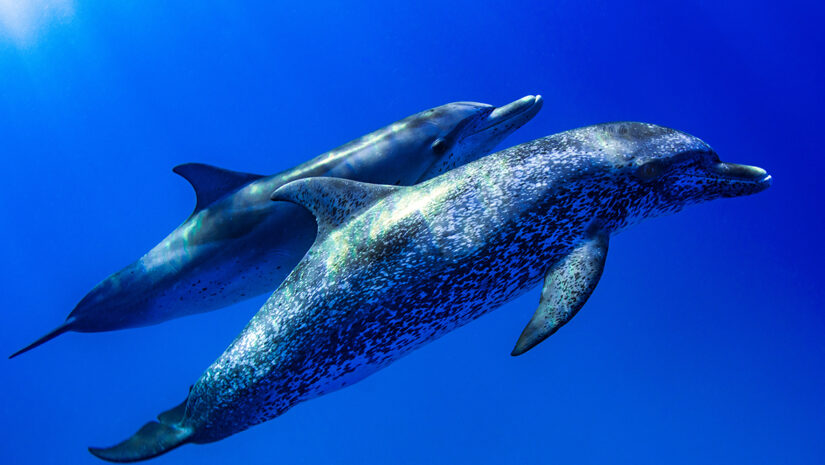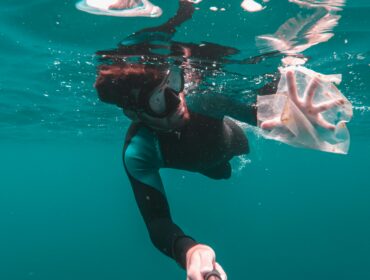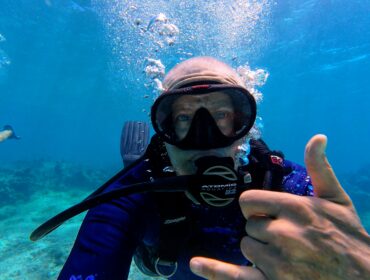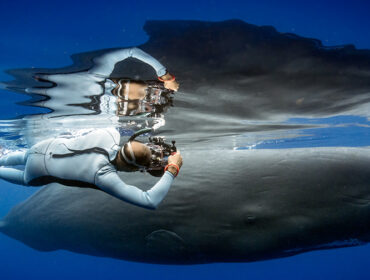With the spotlight trained directly on industries that keep marine mammals in captivity, the public is becoming ever more aware of the plight of these animals and the consciousness toward their ethical value is steadily shifting. While those favoring captive marine mammals argue that they are vital for education, those against them assert that nothing is more educational than nature. Whether the practice goes out of favor in the future remains to be seen, but the demand for certain cetaceans, particularly dolphins, remains alive.
According to the Institute for Marine Mammal Studies, 34 oceanic dolphin species exist. However, only a handful of these species will be viewed as captives. This is because certain species of dolphins adapt much more readily to captivity than other species. Mammologists decide which species to introduce into captive environments, study the dolphins’ natural habits, and determine how they will survive in captivity. While dolphins, in general, are hailed as intelligent, highly social creatures, there are a particular few that are favored over the rest. Here are just four types of dolphins that are commonly targeted for captivity.
Bottlenose Dolphin
The bottlenose dolphin is the species most widely seen in captivity for theme parks, zoos, aquariums, and “swim with the dolphins” experiences. This is because the bottlenose dolphin naturally gravitates to more shallow waters. Also, they are more comfortable swimming in confined spaces where there may be objects or obstacles to navigate around. Bottlenose dolphins are also very amenable to training and socialization, making them ideal candidates for close contact with humans and other sea life.
Spotted Dolphin
Spotted dolphins are found in the Atlantic Ocean waters. They get their name from the small spots dotting their hide. In specific habitats, such as the Bahamas, spotted dolphins are very comfortable with and friendly towards neighboring human populations. This makes them a possible match for programs requiring captivity. They are also frequently targeted for “dolphin cruises,” where tourists are taken out into open waters to watch for dolphins.
Common Dolphin
The common dolphin is the name used to describe three similar dolphin species. The short-beaked, the long-beaked, and the Arabian common dolphin. However, this last one listed is still being disputed. Far fewer numbers are held captive because they are not as easy to habituate to captivity.
Spinner Dolphin
The spinner dolphin gets their name from the complex spinning displays they executes underwater and into the air. Spinner dolphins are small and tropical and are shallow water dwellers, which makes them ideal for captivity. They are also exceptionally social and can put on entertaining displays without additional training.
Now that you know a bit about the dolphins targeted for captivity, learn about others.





